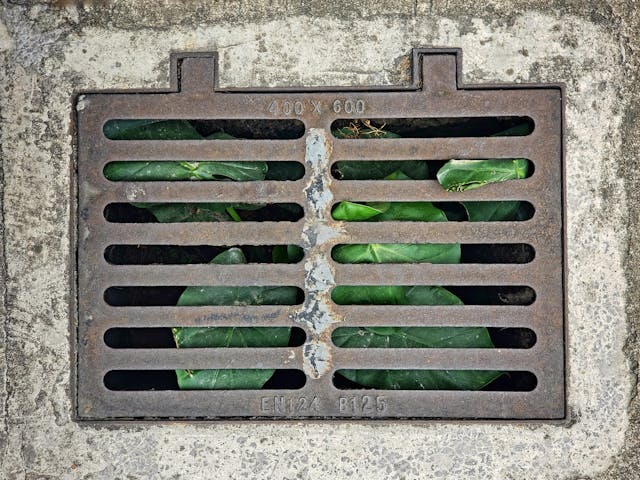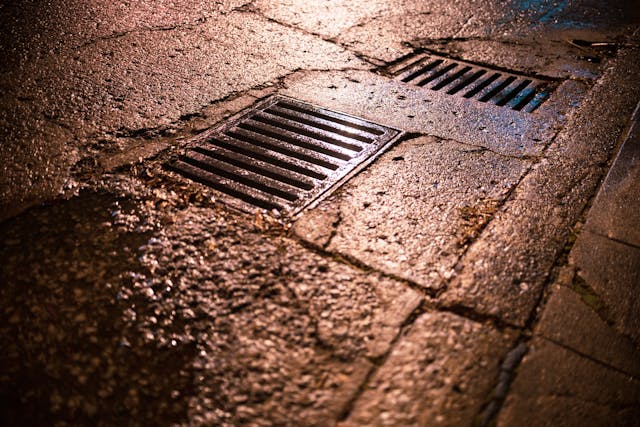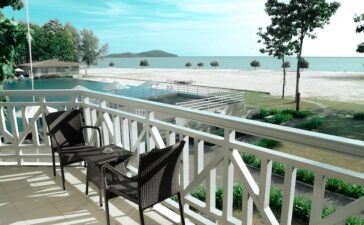Imagine walking onto a sports pitch and finding it wet and muddy. Players slip and slide instead of running for glory, which takes away the fun of the game. To keep fields safe and playable, they need to drain properly. Good drainage design isn’t only about looks; it also makes sure that athletes can do their best.
Think of the best conditions for your favourite sports events or local games. One important thing that connects all of those situations is drainage! Even the greatest fields might become bogs after heavy rain or long use if they don’t have it. It’s important for coaches, groundskeepers, and facility managers to know how to make a good drainage system.
Let’s look at what makes outstanding sports pitch drainage operate well and why it’s crucial for both players and fans. We can make sure that every game is exciting from start to end if we have the appropriate information.
Why Good Drainage Is Important for Sports Fields
For safe playing conditions, sports fields need to have good drainage. When water builds up on the surface, it makes things dangerous for athletes. Players that slip and fall can get hurt and have to sit out, which affects not only their performance but also the whole squad.
Too much moisture can also affect the quality of the turf. When grass is always wet, it is more likely to get sick. A healthy pitch makes for greater gameplay because teams can show off their skills without having to worry about muddy spots or uneven ground.
People who watch also benefit from good drainage systems. Watching a game on solid ground makes it more fun and keeps fans interested the whole time. Regular playability makes people want to come and raises interest in local sports activities.
Proper sports field drainage design is even more important in areas that get a lot of rain. It makes sure that fields can be used all year long, even when the weather is bad, protecting money spent on facilities and sports activities.

Things to Think About When Designing a Drainage System
There are a few important things to think about while building a drainage system for sports fields. The first thing to know is that the type of soil has a big effect on how water travels through the earth. Clay holds moisture, whereas sandy soils drain quickly.
Another important factor is the land’s shape. Water will naturally flow along slopes and curves. This can help you plan drainage pathways better.
You should also think about the weather. In places where it rains a lot, you need stronger ways to deal with more water without hurting the field.
Think about how often you use it. Fields that get a lot of use may need better systems to handle wear and tear and drainage needs more effectively. When you put all of these things together, you have a good drainage design that fits your needs and the conditions.
Picking the Right Kind of Drainage System
Choosing the right drainage system is very important for keeping a sports pitch in good shape. There are different choices, and each has its own benefits.
People like French drains because they work well to move water away from places where people play. They are made of pipes with holes in them that are surrounded by gravel. This lets extra water flow readily.
Another choice is surface drainage systems, which use slopes to help water move across the field’s surface. This strategy works best on flat land where water can pool.
The type of soil is also an important factor in your choice of system. Sandy soils usually drain faster than clay-based soils, which affects which installation will work best for you.
You should also think about the climate and weather patterns while making decisions. For example, areas that get a lot of rain may need stronger solutions than those that don’t get a lot of rain.

For the best performance, maintenance and care are important.
To make sure your sports pitch drainage system works well over time, you need to take care of it properly. It’s important to check things often. Look for places where the ground looks wet or where there is standing water. These could mean that the drainage design has obstructions or problems.
It should be a regular job to clean up trash from channels, catch basins, and surface drains. Leaves, dirt, and other things in the way can stop water from flowing, which can cause it to build up on the field. A preventative strategy saves time and money by stopping worse problems from happening later.
Seasonal checks allow you to change your maintenance plan to fit the weather. Check all parts carefully after severe rain or storms. This makes sure that everything works as it should when it is most needed.
Teaching groundskeepers the best ways to do their jobs is a big part of keeping a field in good shape and making it last longer. Teaching personnel how to spot such problems early on promotes a culture of caring for sporting facilities.
Putting up high-quality materials pays off later because they don’t need as much maintenance. But even high-end systems need care; ignoring them can lead to expensive repairs, not just for drainage but also for the overall health of the lawn.
Using these methods will make the game safer and more fun for players, and it will also help your investment in sports facilities last longer.





